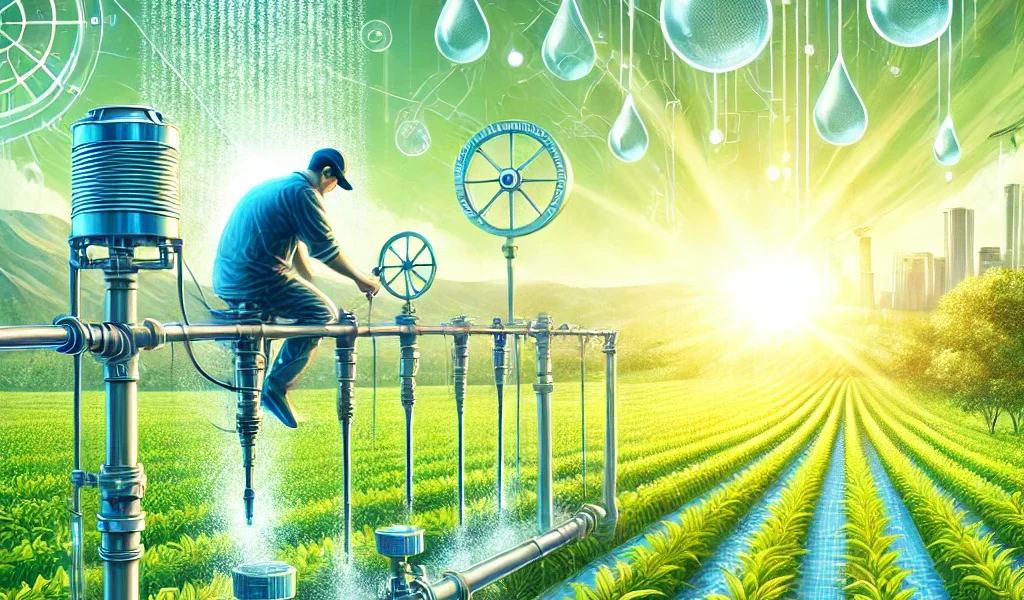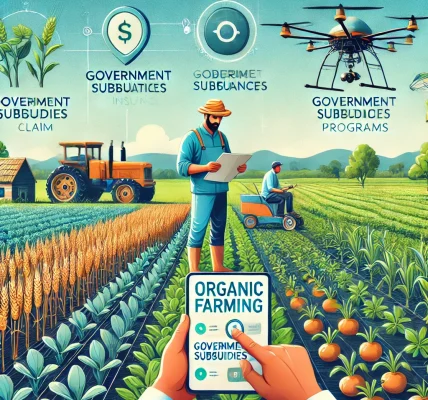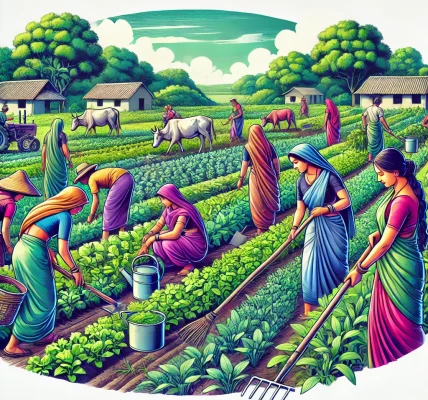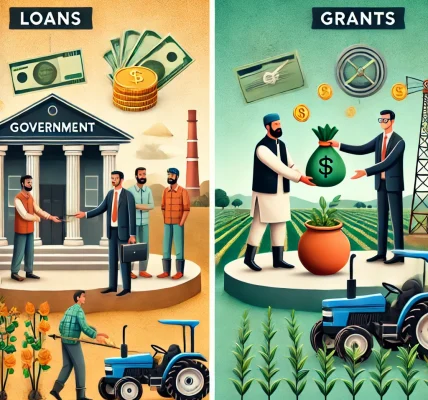Introduction
Water is the lifeline of agriculture, but with depleting groundwater levels and erratic rainfall, efficient water conservation and irrigation techniques have become crucial for Indian farmers. To address these challenges, the Government of India has launched several schemes that provide financial assistance, technological support, and subsidies to encourage sustainable water usage in farming.
In this blog, we will explore key water conservation and irrigation support schemes, their benefits, eligibility criteria, and how farmers can apply for them.
Importance of Water Conservation in Agriculture
Efficient water management is essential for:
- Increasing Crop Yield – Proper irrigation leads to better productivity.
- Sustainable Farming – Prevents over-extraction of groundwater.
- Climate Resilience – Helps farmers cope with droughts and erratic rainfall.
- Cost Reduction – Saves water and reduces electricity costs for pumping.
Major Government Schemes for Water Conservation and Irrigation Support
1. Pradhan Mantri Krishi Sinchayee Yojana (PMKSY)
- Objective: To ensure Har Khet Ko Pani (Water for Every Farm) by improving water use efficiency.
- Key Benefits:
- Financial assistance for micro-irrigation systems (drip & sprinkler irrigation).
- Subsidies for rainwater harvesting structures and farm ponds.
- Support for canal lining and efficient water distribution.
- Eligibility:
- All farmers, including small and marginal farmers.
- Application through State Agriculture Departments or PMKSY Portal.
2. Atal Bhujal Yojana (ATAL JAL)
- Objective: Improve groundwater management in water-stressed regions.
- Key Benefits:
- Financial aid for community-based water conservation projects.
- Incentives for farmers adopting water-efficient irrigation.
- Eligibility:
- Farmers in selected groundwater-depleted states.
- Applications via Gram Panchayats and State Water Departments.
3. Micro-Irrigation Fund (MIF) under NABARD
- Objective: Promote adoption of drip and sprinkler irrigation.
- Key Benefits:
- Subsidized loans for setting up micro-irrigation systems.
- Interest subvention on water-efficient technology investments.
- Eligibility:
- Farmers, farmer producer organizations (FPOs), and cooperatives.
- Applications through banks and NABARD-supported financial institutions.
4. Jal Shakti Abhiyan
- Objective: Promote rainwater harvesting and watershed management.
- Key Benefits:
- Training programs on water conservation methods.
- Support for farm ponds, check dams, and percolation tanks.
- Eligibility:
- Open to all farmers.
- Participation via local agricultural extension offices.
5. National Mission for Sustainable Agriculture (NMSA)
- Objective: Encourage climate-resilient agriculture and efficient water use.
- Key Benefits:
- Assistance for water-saving irrigation techniques.
- Support for drought-resistant crop varieties.
- Eligibility:
- Farmers registered under State Agriculture Departments.
- Application through agriculture ministry portals.
How to Apply for Irrigation Support Schemes?
Step 1: Identify the Right Scheme
- Visit official government portals like PMKSY, NABARD, and Jal Shakti Abhiyan.
- Choose a scheme that aligns with your irrigation and water conservation needs.
Step 2: Prepare Required Documents
- Aadhaar Card for identity verification.
- Land ownership papers (if required).
- Bank account details for subsidy transfer.
- Project proposal (for community-level schemes).
Step 3: Submit Application
- Online: Register on the respective state or central government portals.
- Offline: Visit the nearest Krishi Vigyan Kendra (KVK) or agricultural office.
Step 4: Approval and Implementation
- Authorities review applications and conduct field verification.
- Subsidy funds or equipment are provided upon approval.
Best Practices for Efficient Water Usage in Farming
- Adopt Drip Irrigation – Saves up to 50% water compared to traditional methods.
- Use Rainwater Harvesting – Store rainwater in farm ponds.
- Plant Drought-Resistant Crops – Reduce dependency on excess water.
- Practice Mulching – Reduces evaporation from soil.
- Adopt Soil Moisture Sensors – Helps in smart irrigation decision-making.
Conclusion
Government schemes for water conservation and irrigation support play a crucial role in making agriculture more sustainable and resilient. Farmers should take advantage of these programs to reduce water wastage, lower costs, and increase productivity.
By implementing smart water management techniques, Indian farmers can ensure long-term agricultural sustainability and financial stability.




